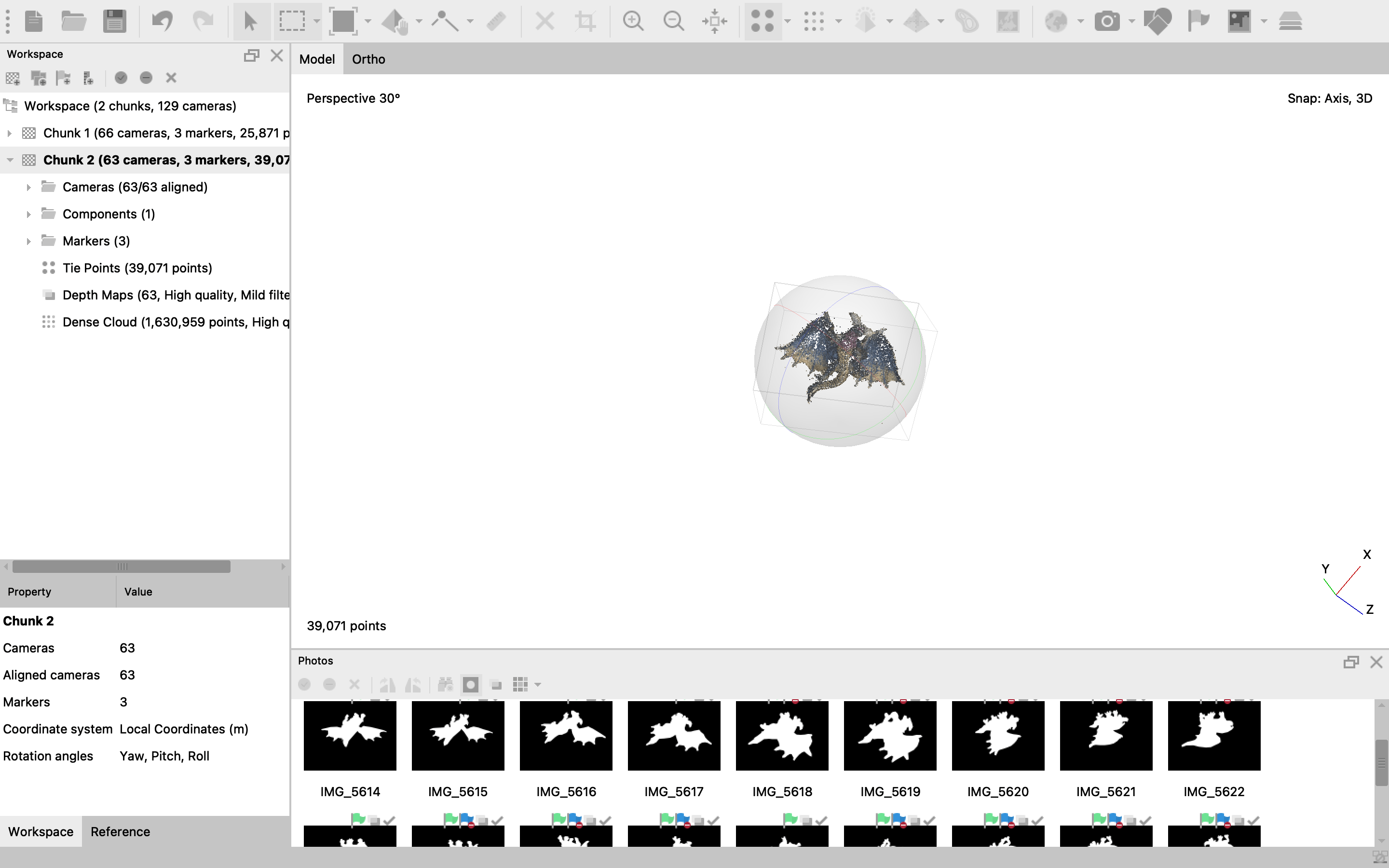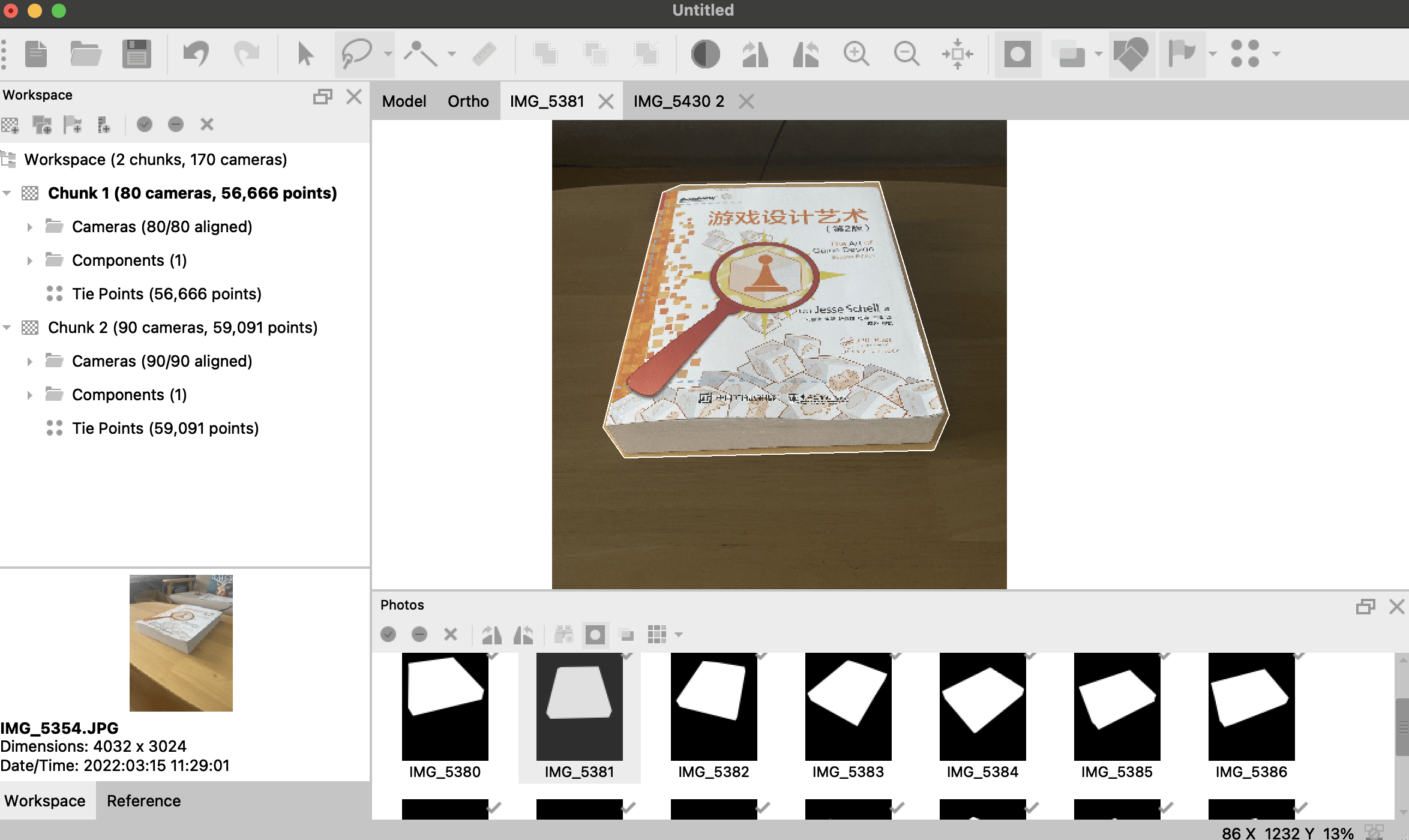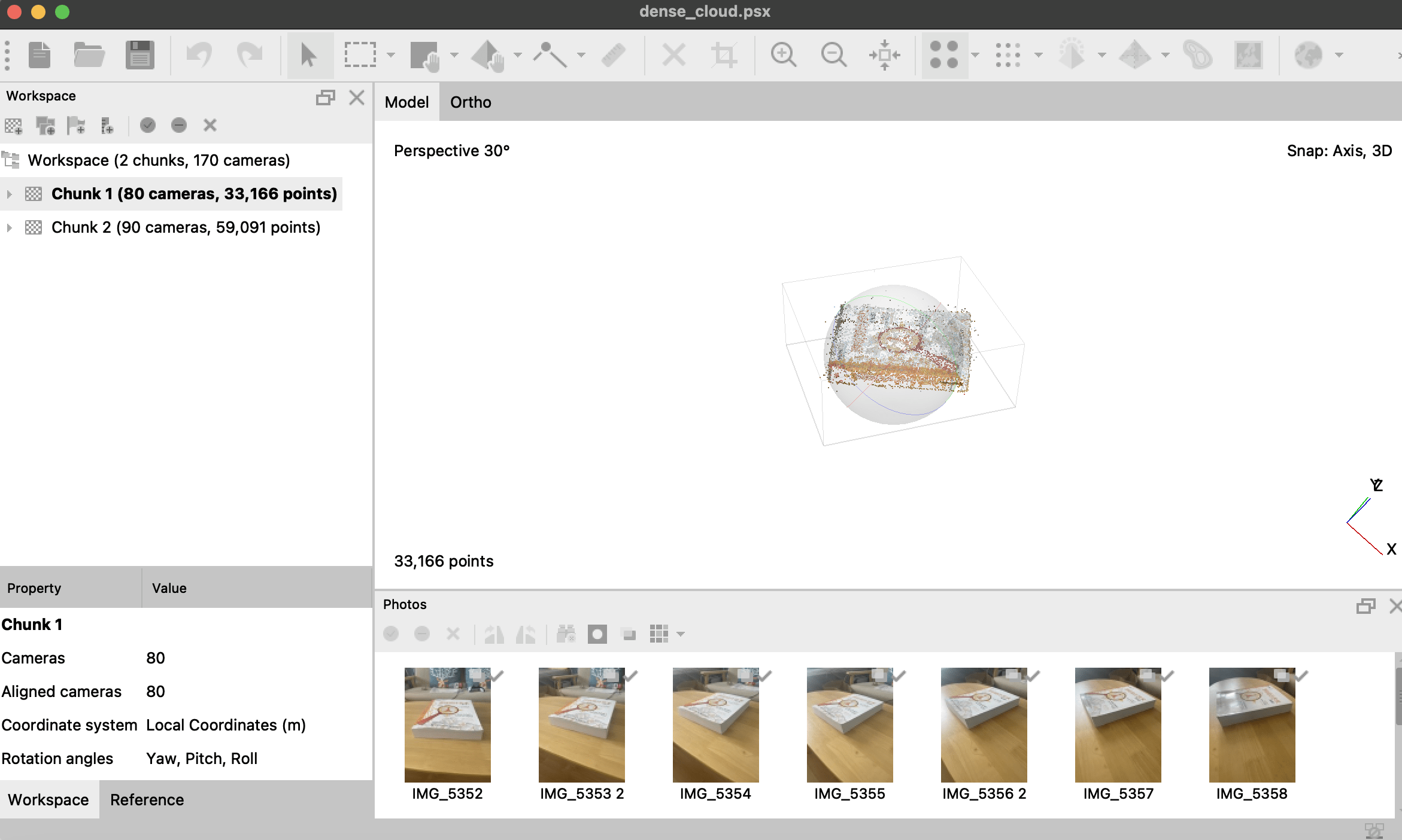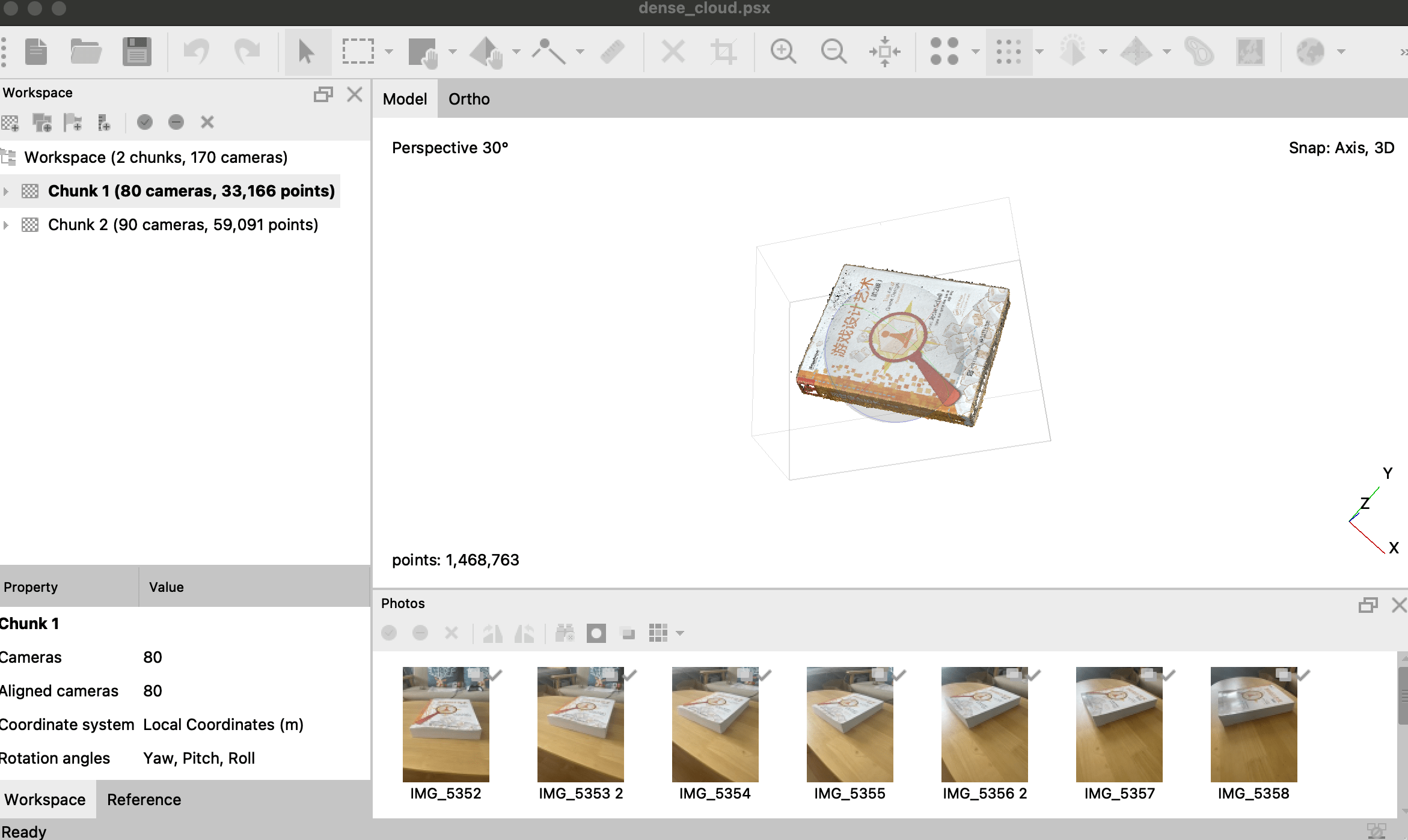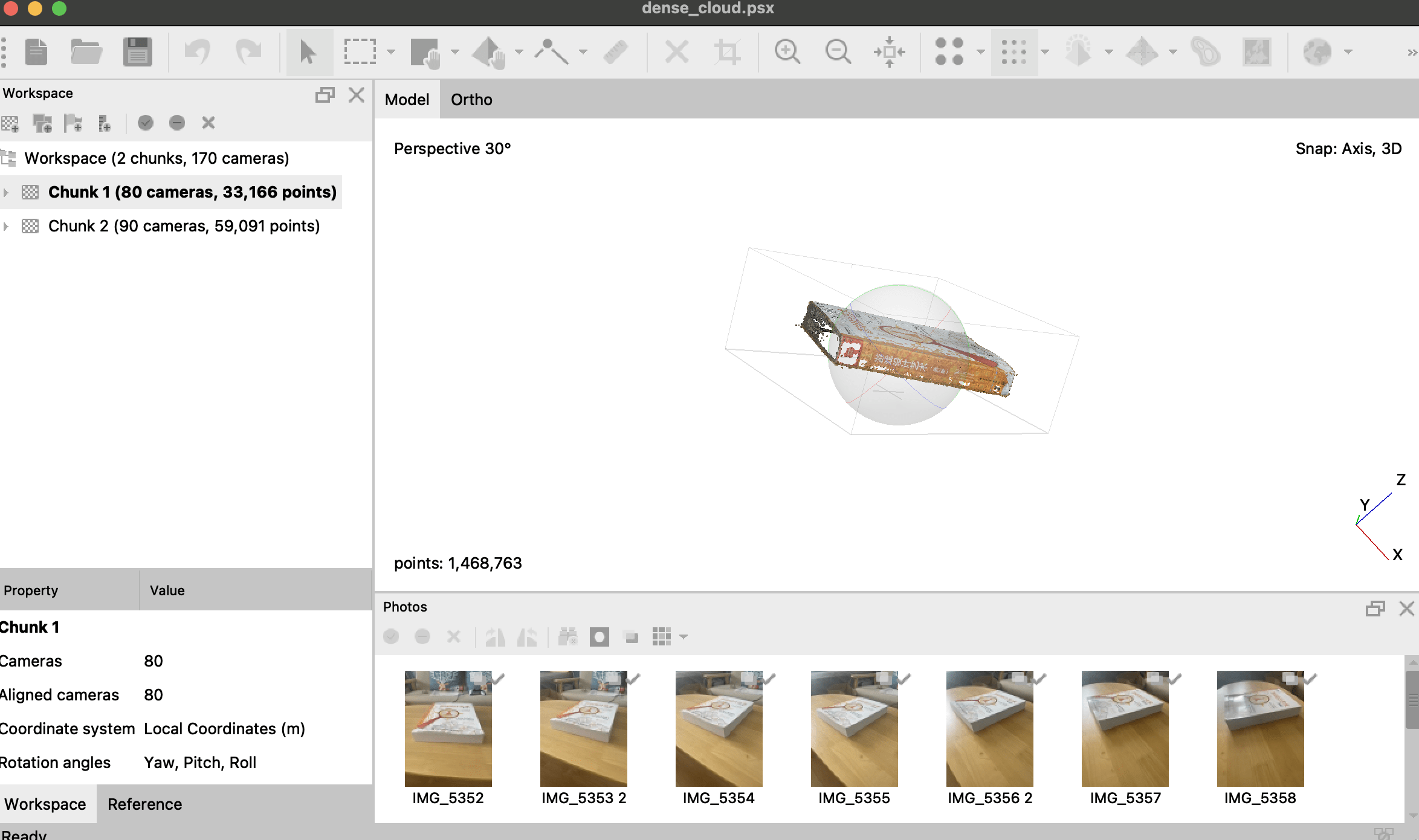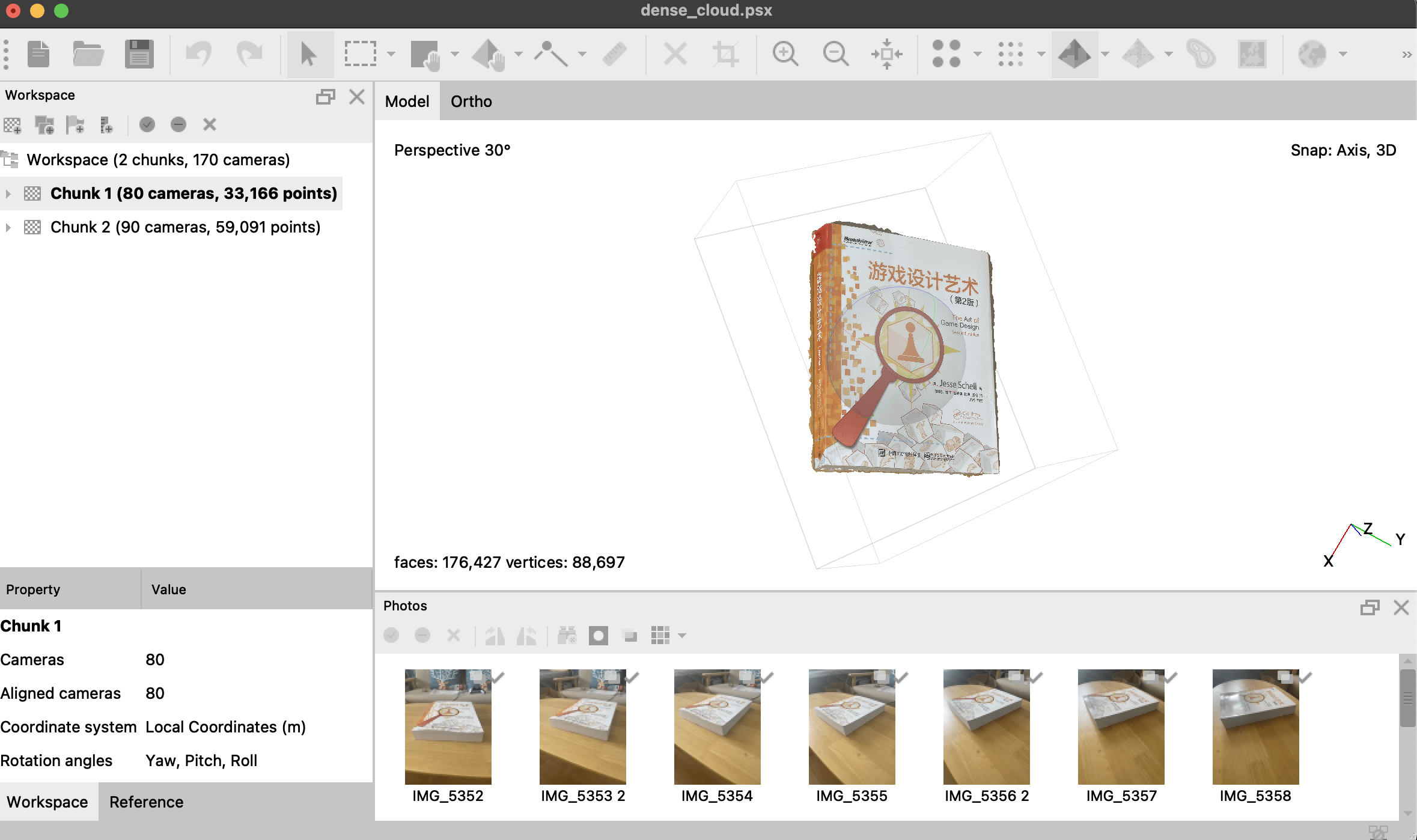I would divide all the experiences into three categories at the beginning. Experiences in the same category have a lot in common, however they may also differ in some other ways.
The first category contains paintings and sculptures. As the very early artworks of the human history, paintings and sculptures may not be the best to create illusion and immersion, but they are the first artworks with illusion and immersion. They are born with an avoidable psychological distance, because for thousands of years, they are created for the people to observe and admire from a distance. And even if we can hold a painting in the hands or touch the sculptures, it does not significantly change the experience. Thus, it is very difficult for them to create immersion. On the contrary, observer can always has a clear mind without being disturbed by the illusion to have a distinct critical reflection. Even if there is ways, such as let the observer be surrounded by paintings and sculptures to increase the immersion, it is still very complicated and limited.
The second category contains plays, movies, televisions. Movies and televisions are almost the same, they can both be seen as the continuous moving paintings. Thus the psychological distance still remains. However, the movies and televisions have actors and story which can attract people into illusion worlds more easily. So there is actually a lot of space for people’s imagination and immersion. Plays can be seen as moving sculptures similarly, even if they are real people, so it also has a natural psychological distance. Similarly, it also decrease the distance a little by the performance of actors and the illusion created by the story. However, a significant difference is that the plays create a concept of real stage, a clear place where the people will imagine themselves to be to get the maximum immersion. So if the people can play a role in the play, the psychological distance can be removed. And actually there are this kinds of plays in the world now. As for the critical reflection, they are very similar to the paintings and sculptures. But observer has to reflect to it later since they cannot be stopped, which may make the reflection inaccurate or not free enough.
The third category contains games and VR. Unlike the nature of being observed varied by above experiences, games and VR have the nature of interaction. And every time people interacts with something, even the elements in games, they must have 0 psychological distance to that thing. So when people are playing games or sing VR, they are immersed into illusion worlds at most of the time Moreover, games’ strength to tell a good story or create an impressive characters make the immersion solid and deep. However, interaction will also affect people’s reflection process, because we cannot do both things well at the same time, so it is hard to form a reflection during the experiences. VR, which creates a virtual space itself, can even do better than the games. With VR devices, people can see that the illusion is surrounding themselves, thus there is no psychological distance in VR experiences. But due to some technical issues, VR is not superior a lot to the games when creating the immersion.
 photos)
photos)


